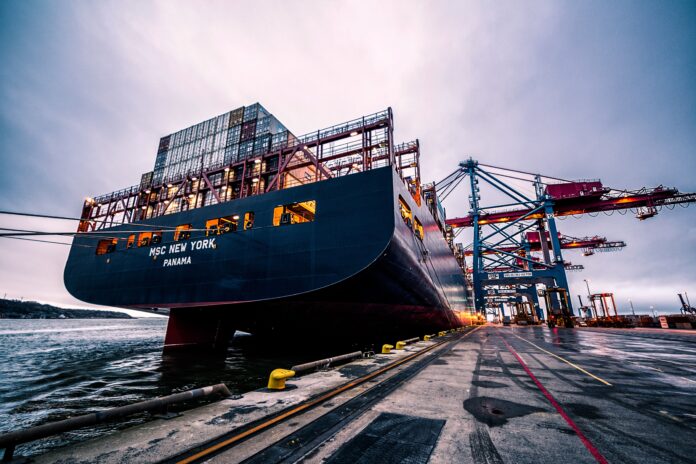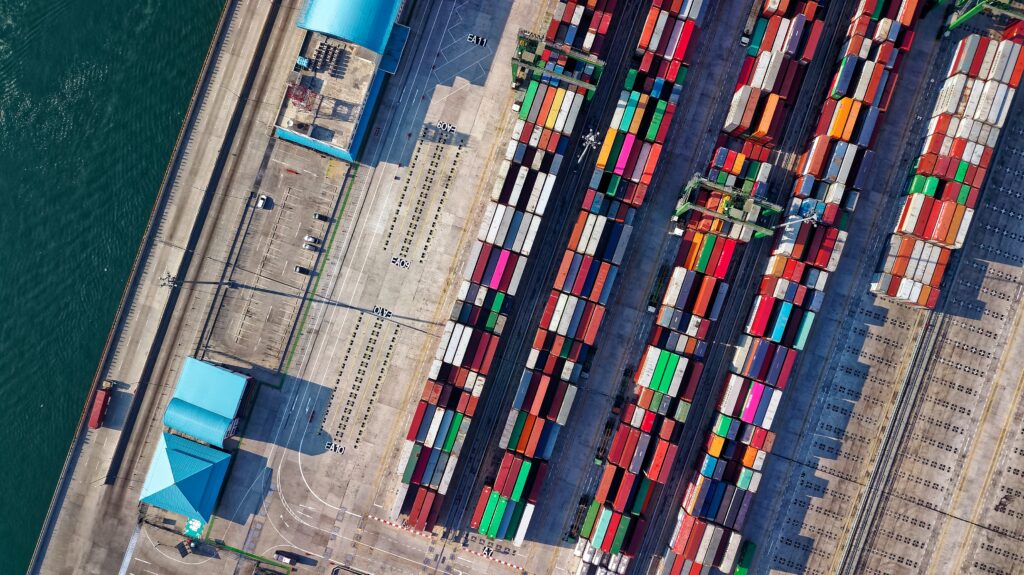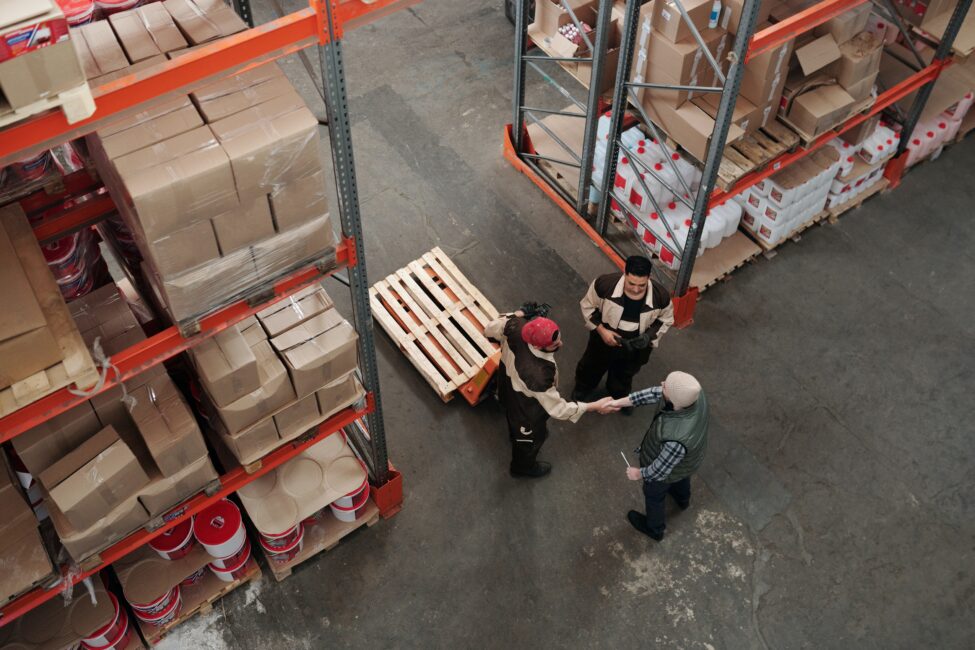Nowadays, modern business terminology defines logistics as the reliable movement of supplies and finished products. Perhaps it sounds incredible, but logistics operations make a huge amount of money every year and is one of the most influential industries. According to some studies, U.S. businesses spent over 1.63 trillion dollars in 2019 on moving goods from the warehouse to the end user. Logistics is a well-organized network that must stay efficient all the time with effective logistics management processes or the business will not be able to win the profitability war. To explain this further, here is a short explanation of why transportation and logistics are especially important for your business.
What Is Logistics?
To put it simply, logistics refers to moving goods from point A to point B, which usually covers two functions: transportation and warehousing. The supply chain, the very essence of logistics, is a complex network of organizations and businesses operating in a sequence of processes, one of them being logistics, so that they can distribute and produce various goods smoothly.Â
Logistic ManagementÂ
Since logistics is the network of the processes that involve moving goods internally, there are many details that must not be overlooked. Since logistic management is a very complex process, it demands certified professionals to operate the process. In fact, there are several certifications for these professionals that must be obtained. Logistics and transportation have become a top challenge in the modern world, so logistics training is mandatory to be undertaken. Since the success of these depends mainly on their attention to many details, it is of the greatest importance for them to know the main strategies. Some of them include routes (which are determined based on expediency), avoiding obstacles (road problems, war, weather conditions), and regulatory environments. In addition, fully loaded costs may include some factors beyond transportation, such as customer satisfaction and a suitable warehouse. Fortunately, all of these tasks are much simpler because of the logistic management software that makes the best routes, tracks the movement of goods, calculates costs, and much more.Â
TransportationÂ
The key point of logistics is the physical transportation of goods from point A to point B. The process of transportation is a huge responsibility and is the result of a smooth and efficient backup. When it comes to transportation, the company plays the main role. It is their task to choose the best mode of shipment- air or land. The best type of transportation is chosen based on the cost, speed, route (it may demand multiple carriers), and distance. On the other hand, in the case of global transportation, the shipper should know everything about the speed of customs, compliance, tariffs, and other related regulations. To this end, transportation managers need to document and keep track of shipments, manage the bills, and fill in the reports on the performance by using dashboards and analytics.Â
The Benefits of Transportation and LogisticsÂ
Logistic management gives an insight into the supply chain. So, one of the main logistics benefits is visibility. This gives the business better control over costs, spots supply chain problems, gives better insight into some other opportunities, points out efficiencies, etc.
Customers are the final end of the process of logistics, and their satisfaction poses the most important goal. The background of the repeated sales is exactly that of good customer service. Therefore, delivering orders accurately and in a short time span will certainly improve your customer experience and increase loyalty between the company and its customers. Eventually, this bond results in better future sales.Â
Normally, experts name the 7 Rs of logistics and transportation. So, job number one is to deliver the right product. All of the specifications, such as color, quantity, size, and brand, should be respected. If there are mistakes, then the customer will not be satisfied. The next R refers to the right quantity. In this line, a product can be sold as a single unit or as a pack. In order to respect the demands on quantity, the inventory must be properly listed and packed. Among the most important R’s is the right condition. Your customers will expect the product to be functional when delivered to the address. Before the products are delivered, they should be inspected for flaws and lack thereof. Other R’s include the right place, right time, right customer, and the right price.Â
Transportation and logistics are the key elements in the network of shipping and delivering products to a certain address. Since this is an extremely complex process, only professionals specialized in handling these tasks should be dealing with them.
























